This yeast-risen, gluten free barm brack is adapted from a classic Irish recipe. Its lightly sweet, soft, raisin-studded crumb is amazing toasted, spread with a bit of softened butter, and served with a cup of tea.
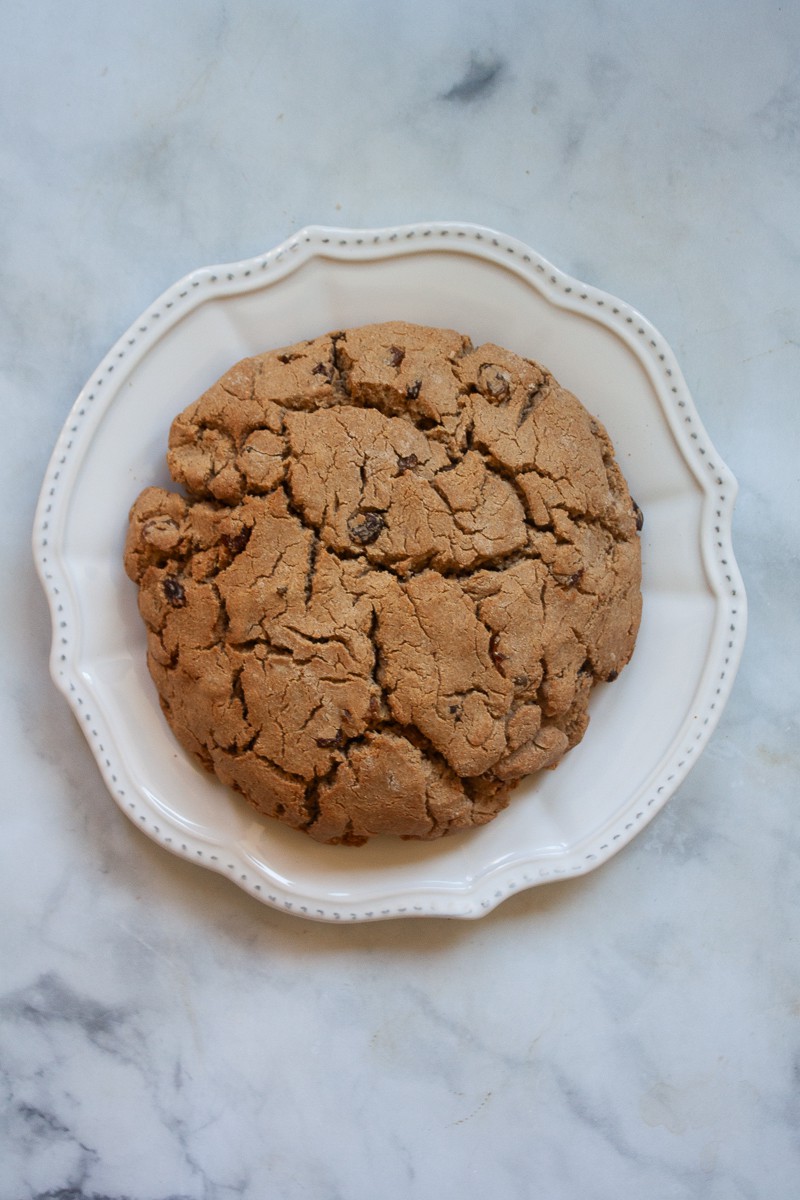
Gluten Free Barm Brack Recipe
This traditional barm brack recipe is adapted from a recipe from Malachi McCormick’s Irish Country Cooking - the original version is here - to be gluten free with a simple swap of gluten free flour. This iteration is closer to the classic presentation of a barm brack, as it's baked in a round loaf shape rather than in a loaf pan like my other version of gluten free barmbrack. I wanted to recreate the original recipe, which calls for yeast, but make it gluten-free. And, it was a success! Packed with both regular and golden raisins plus a touch of sugar, this is a bread that's somewhere between a scone and a sandwich, but somehow manages to stand apart from both.
What Is Barm Brack?
Barm brack, or barmbrack, or bairín breac, or simply, brack, is a not-too-sweet loaf traditionally baked in a round. Brack often calls for the raisins or currants to be soaked in tea or whisky before being added the loaf. You'll note that in this version the raisins are kneaded straight into the dough without being soaked. There are many other recipes online - you can find one that suits your tastes, whether you need to be gluten free or not. I've swapped the all-purpose flour for oat flour in this recipe. Brack is traditionally baked at Halloween or New Year's but it's certainly welcome all year round.
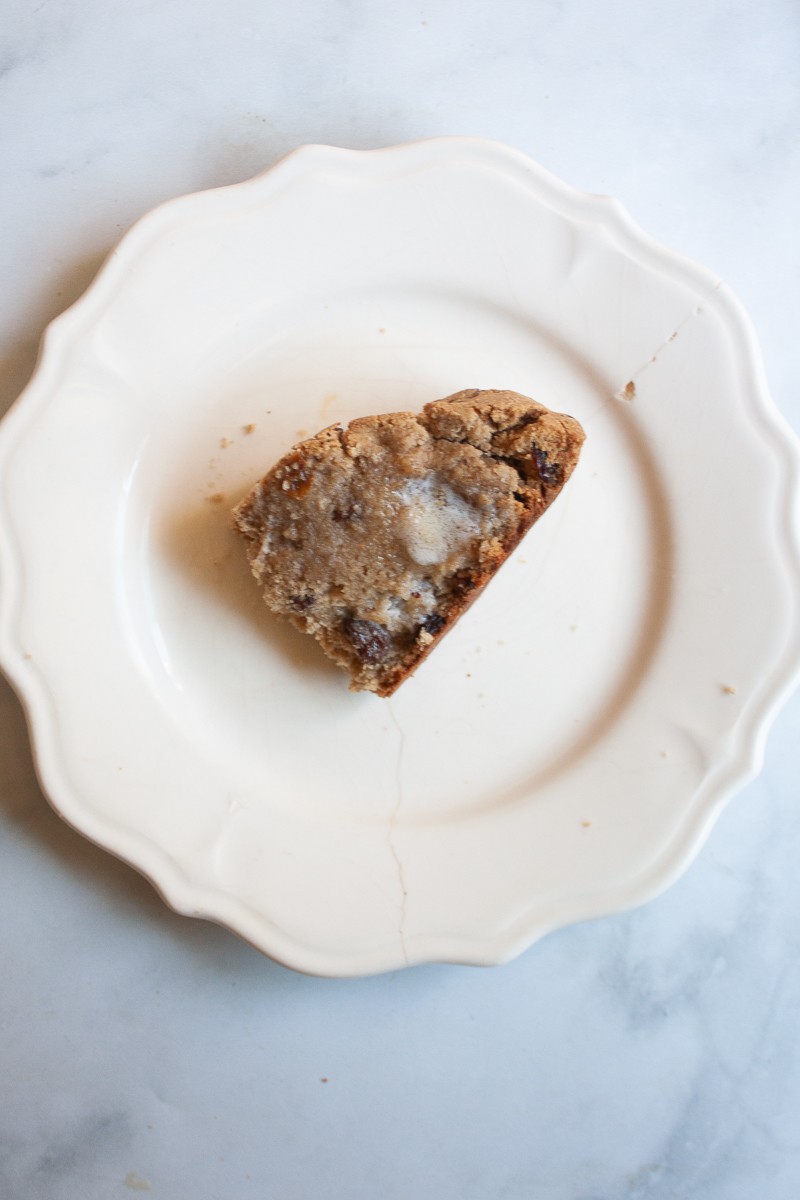
Why You'll Love It
I love a traditional recipe made as similarly to the original as possible. This gluten free barm brack follows McCormick’s recipe closely, but subs a gluten-free flour for the all-purpose flour. The result is a bread that I hope is worthy of a true Irish barm brack.
- Easily made gluten-free: Do a 1:1 swap for gluten free oat flour (or 1:1 gluten free all purpose flour if you prefer) to make this into a gluten free barm brack.
- Simple ingredients: My favorite recipes are made from the basics, and you'll find them in this recipe! Everything is easily found at your local store (and you can even make your own oat flour if needed).
- Not difficult! Unlike other gluten free bread recipes, this gluten free barmbrack is not complicated. You won't need any added gums or strange ingredients.
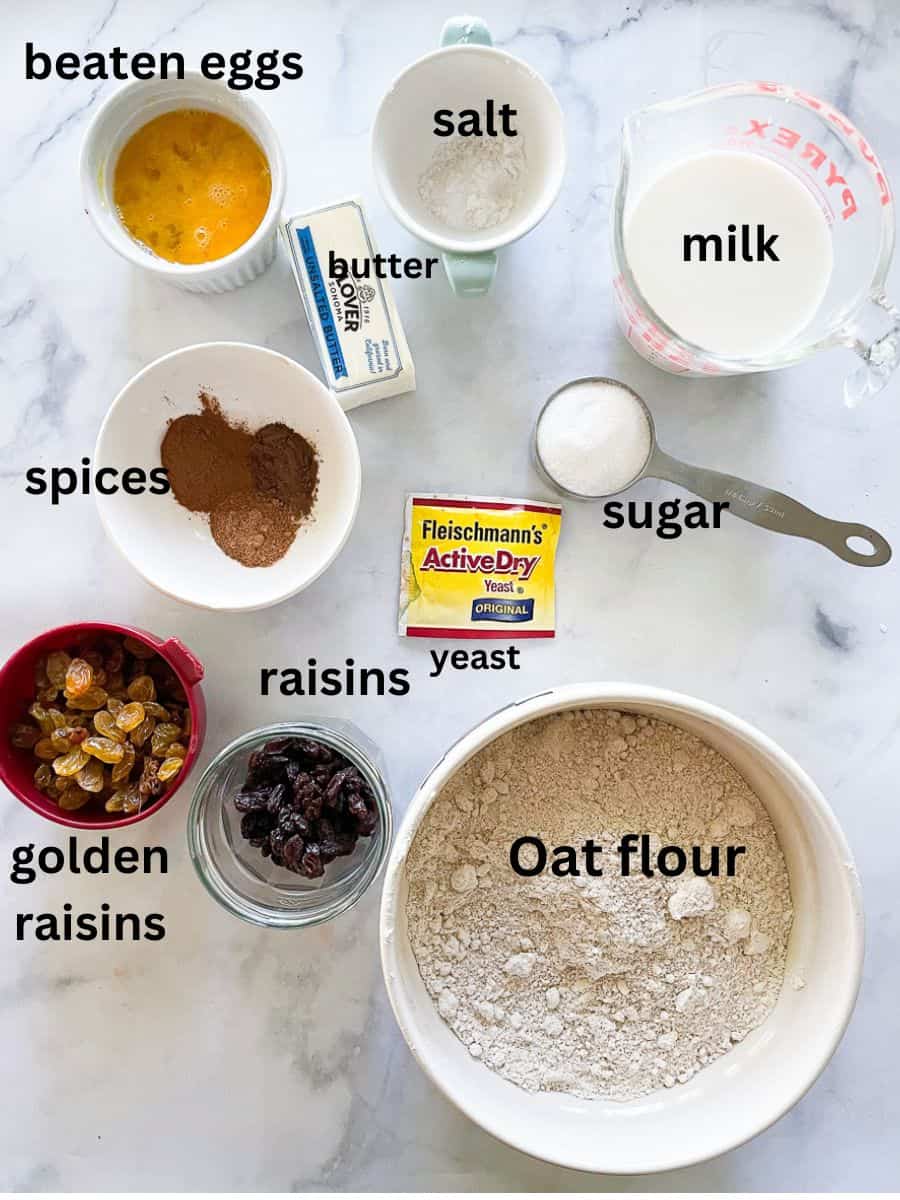
What You Need for Gluten Free Barm Brack
I switched out the dried currants for raisins because I had trouble finding currants. You can switch it back if you wish. The rest of the ingredients you'll need are detailed below. Check the recipe card lower down for the full ingredient amounts.
- Yeast - I used active dry yeast
- Granulated sugar
- Milk - Whole or 2% milk will work interchangeably
- Oat flour - Naturally gluten-free oat flour works perfectly in this recipe.
- Salt - I always use fine sea salt!
- Dried spices - Cinnamon, nutmeg, allspice
- Butter - Use unsalted butter softened to room temperature
- Eggs - You'll use large eggs
- Raisins - Use both golden raisins and regular raisins, or sub dried currants
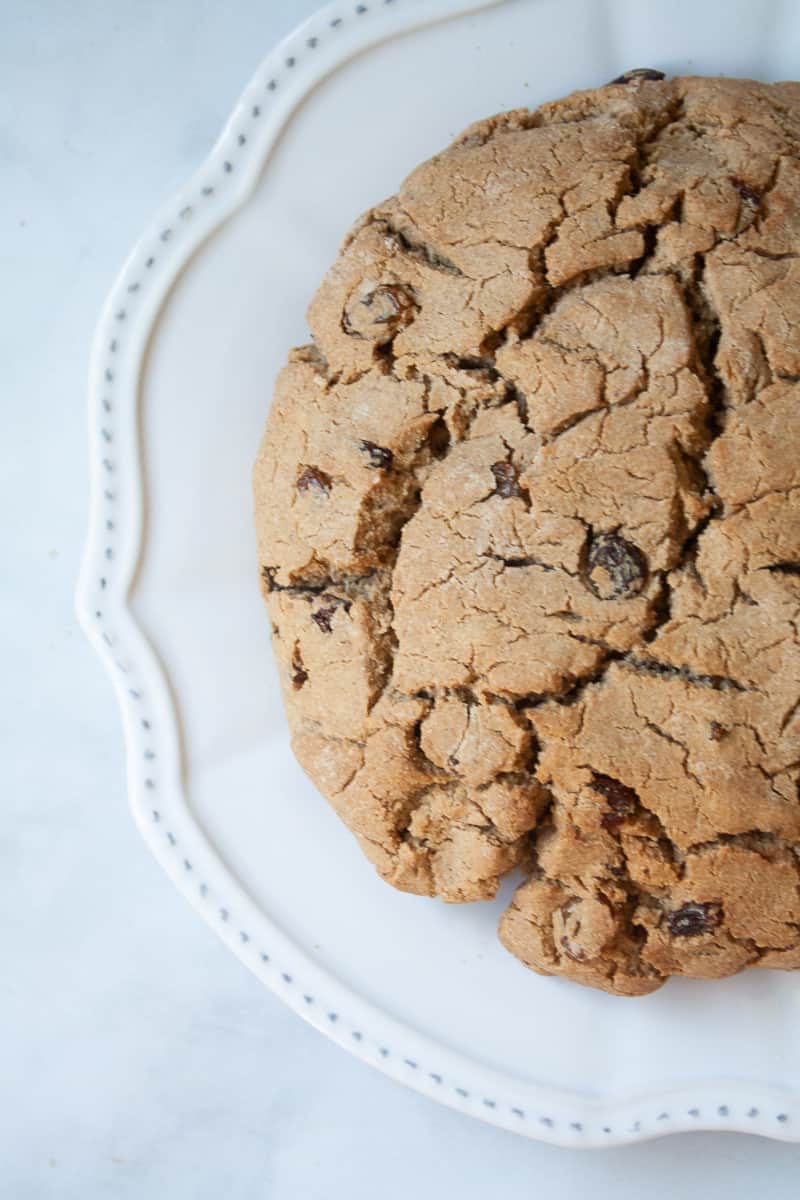
How to Make This Barm Brack Recipe
A yeasted bread by necessity takes a bit longer to put together because you need to leave time for the yeast to activate, the dough to rise, and then rise again. But, I love the texture of yeast breads and consider the extra time more than worth it! I've outlined how to make gluten free barm brack below so you can refer to the photos to guide you through the process. The more detailed instructions are in the recipe card.

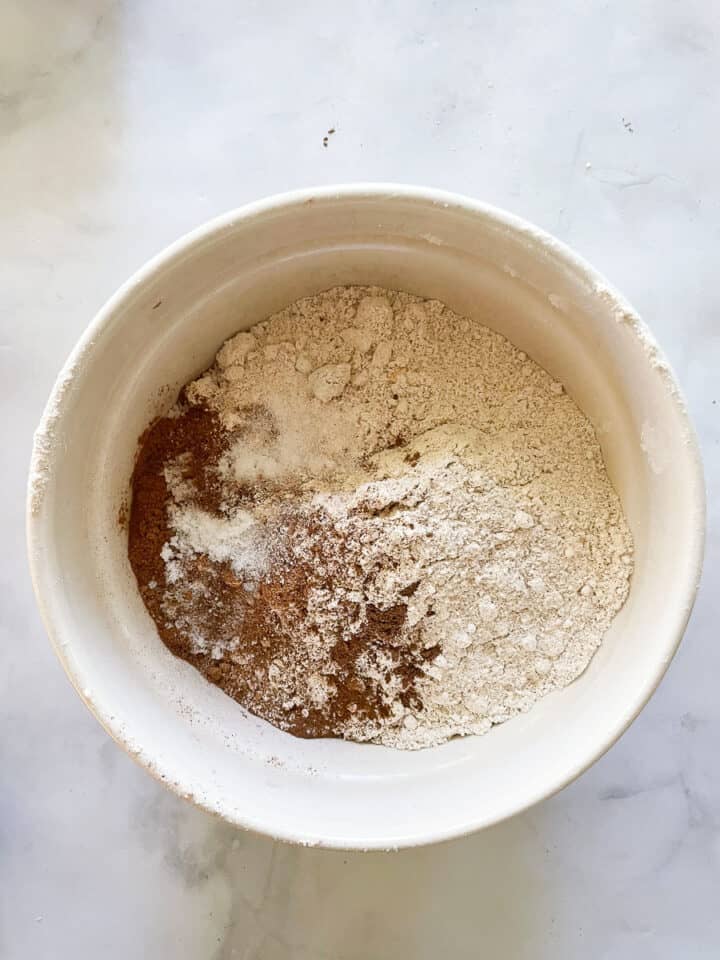
- Proof: Add 2 teaspoons of sugar, yeast, and ¼ cup milk to a bowl to proof.
- Make dry mix: Add the oat flour, spices, and salt to a bowl.
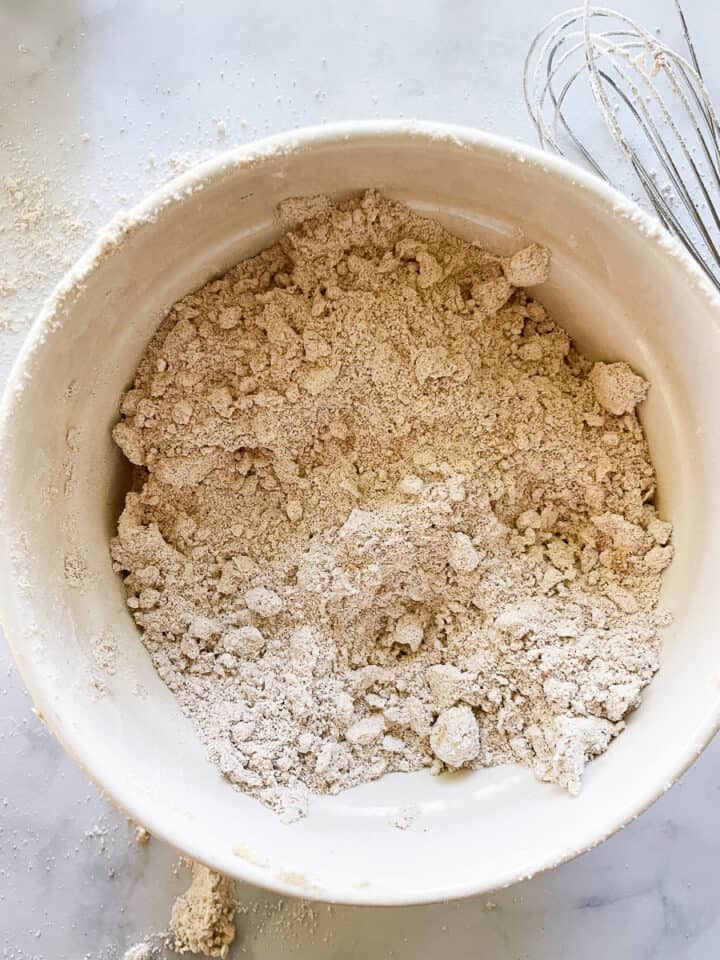
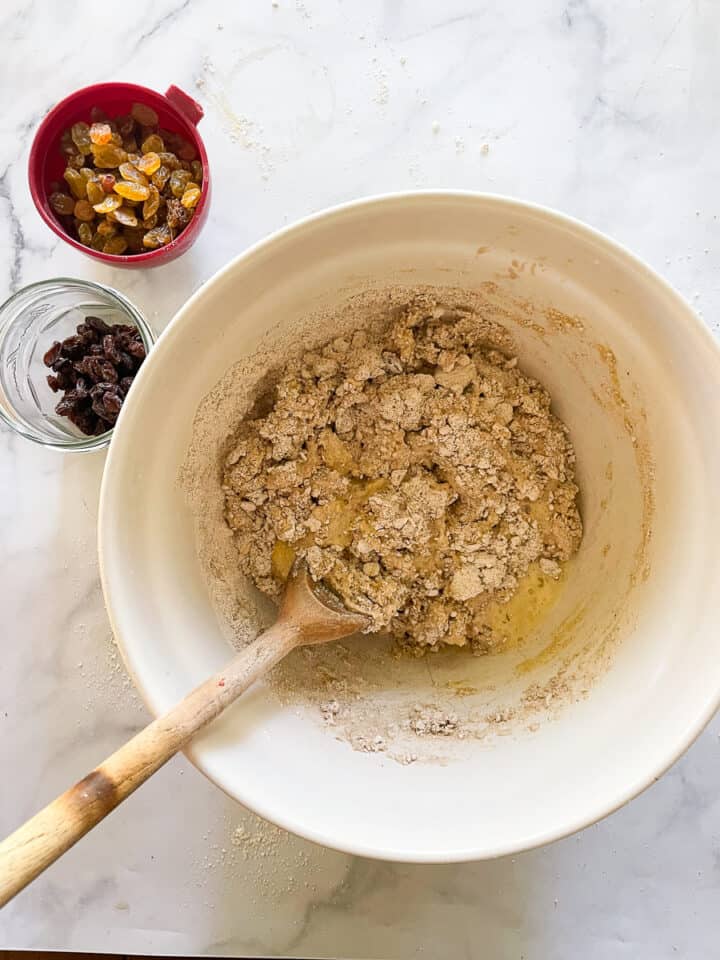
- Add butter: Blend in the butter with your fingertips.
- Add sugar: Now blend in the sugar.
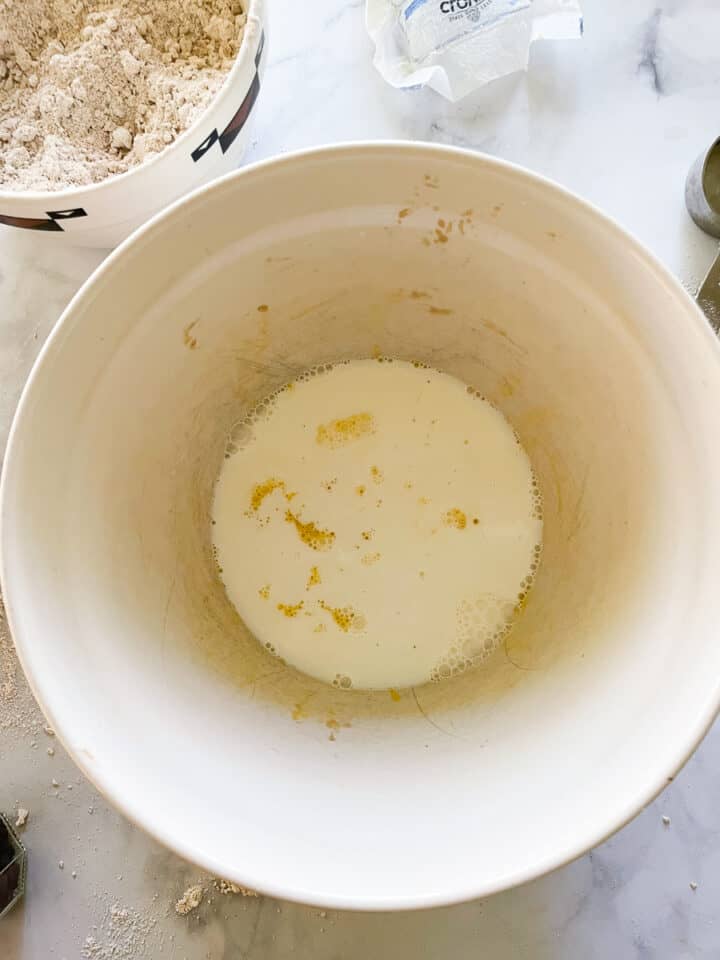
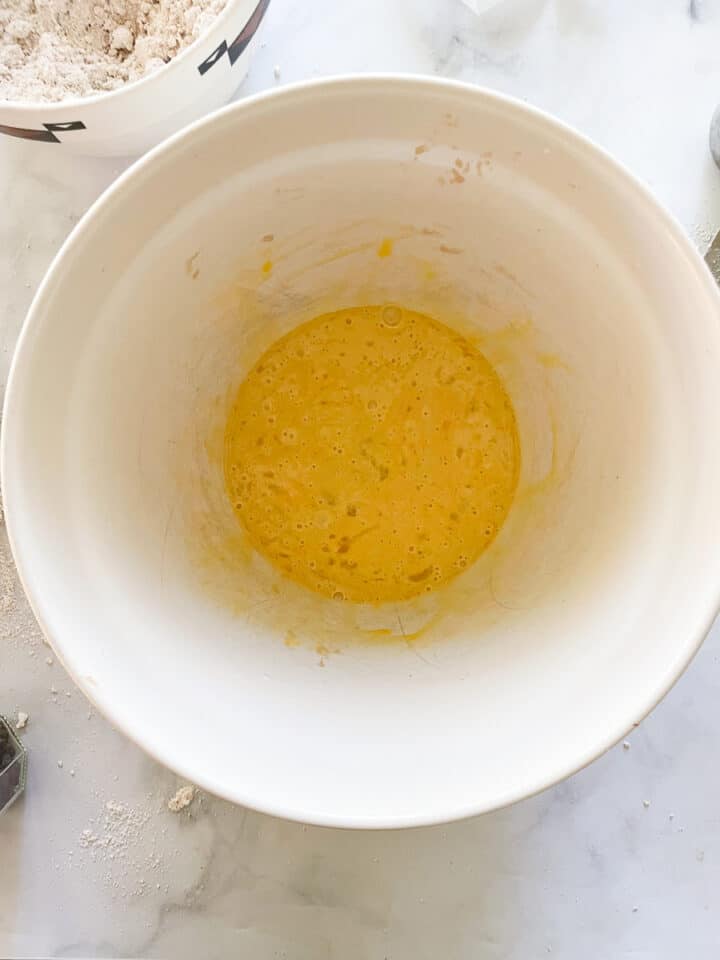
- Add milk: When the yeast mixture has begun to bubble, stir in the remaining milk.
- Add eggs: Whisk in the eggs.
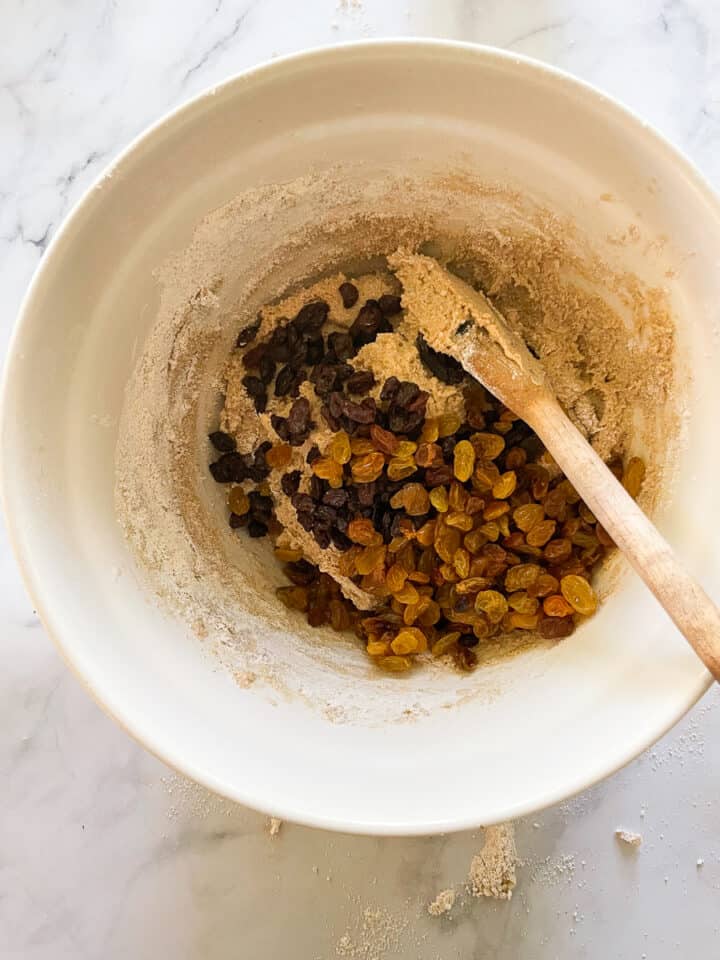
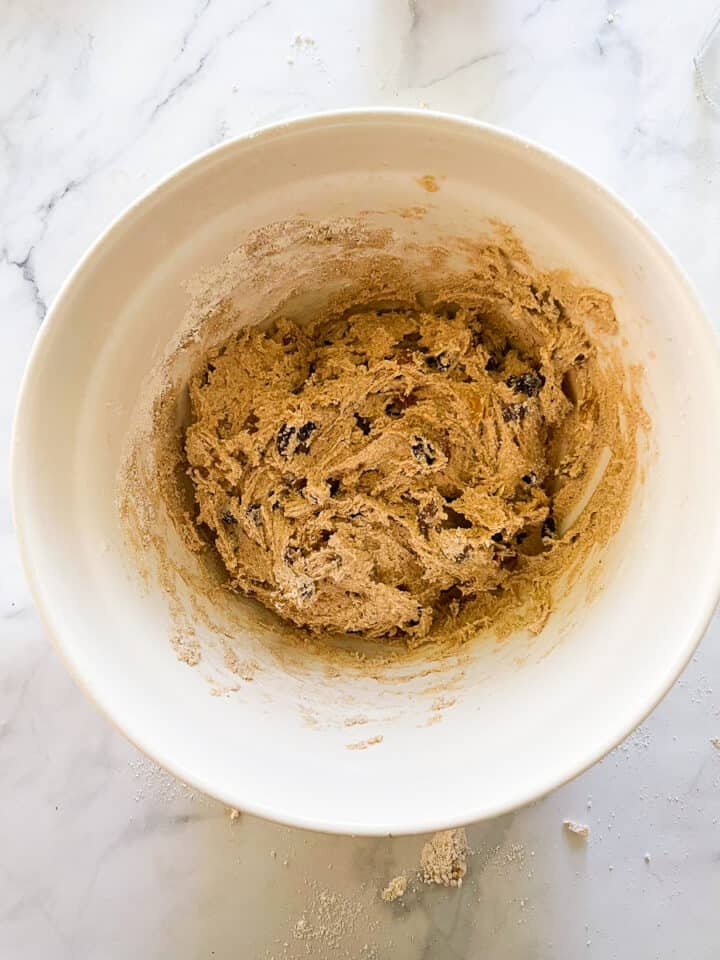
- Add flour: Mix in the flour mixture. the flour mixture and mix well with a wooden spoon.
- Add raisins: Mix in the raisins to form a dough. Put it in the fridge for 15 minutes.
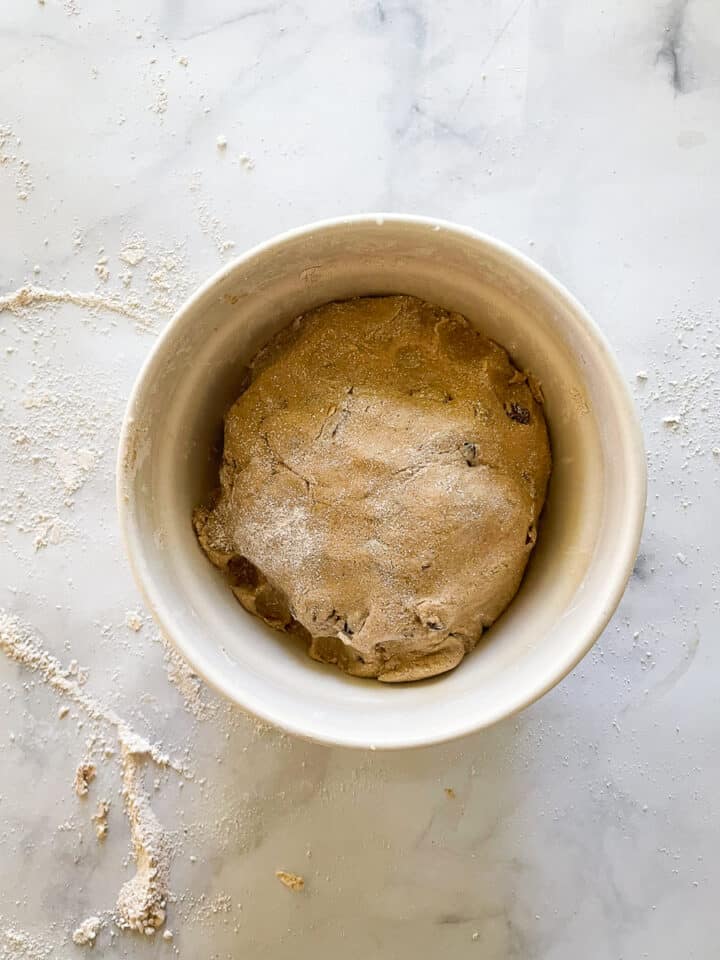
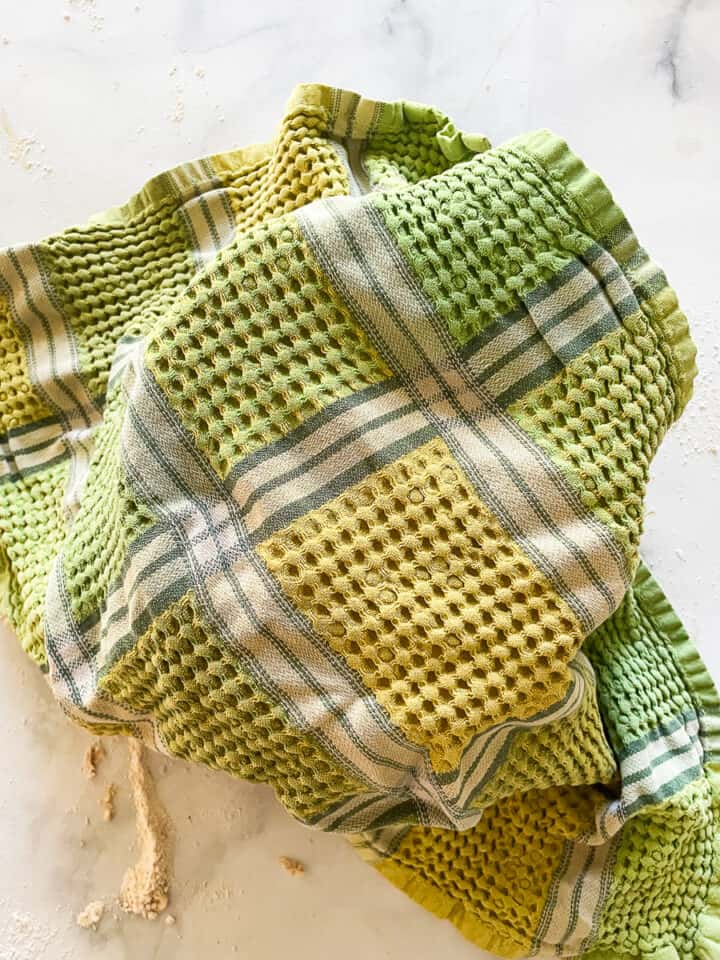
- Knead: Gently knead the dough in the bowl and form a bowl.
- Rise: Cover the bowl with a clean towel and set aside to rise until doubled.
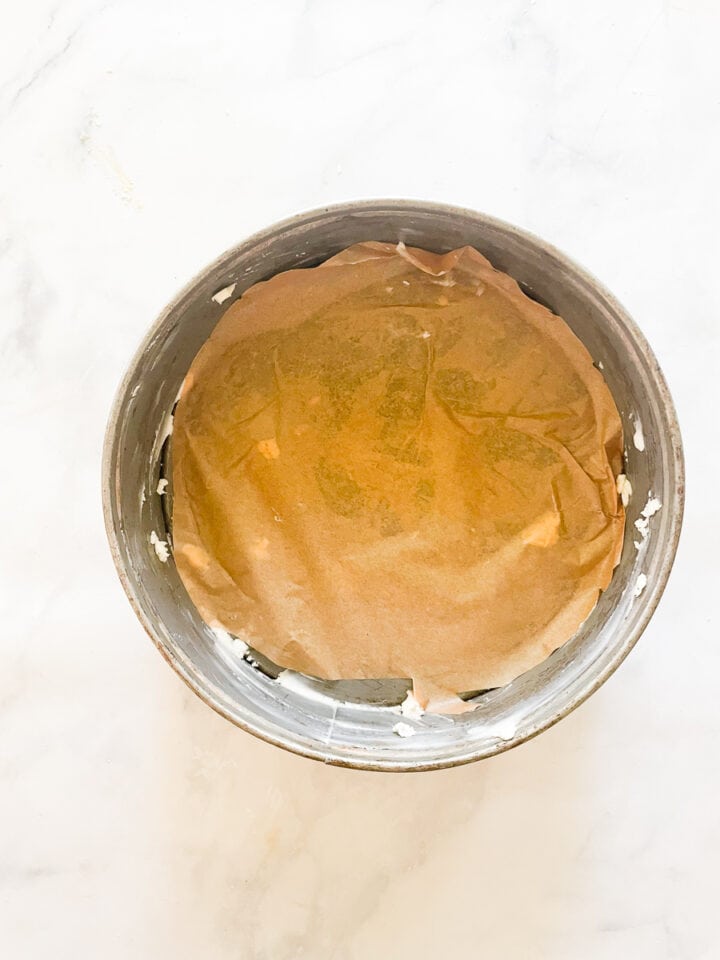
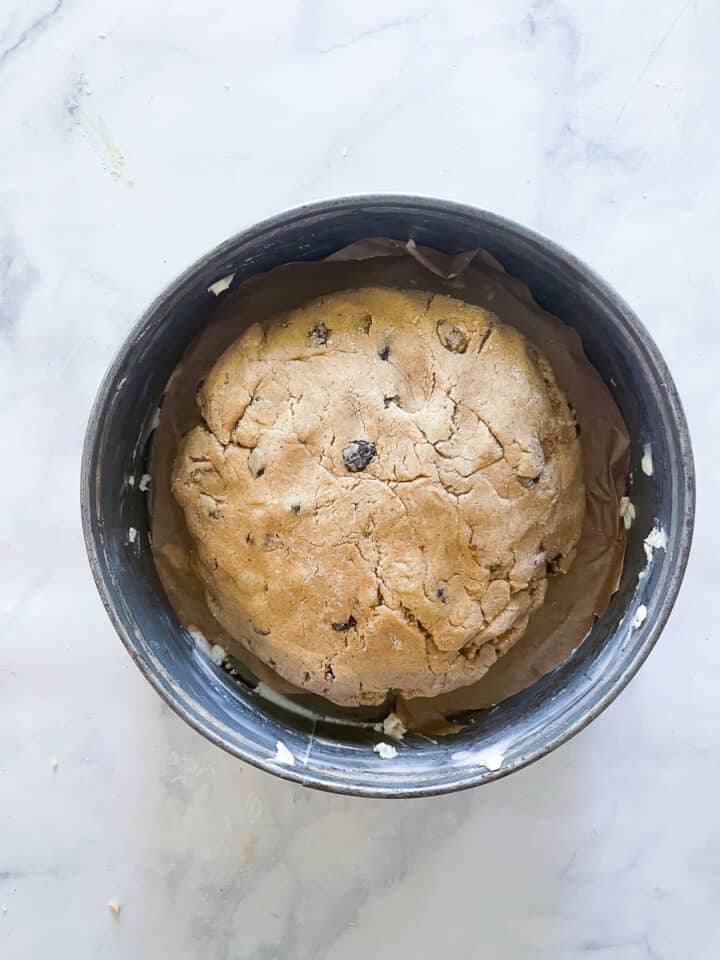
- Prep pan: Butter and and line a 10-inch round baking pan with parchment paper.
- Proof one more time: Place the dough in the pan and let rise for 30 minutes.
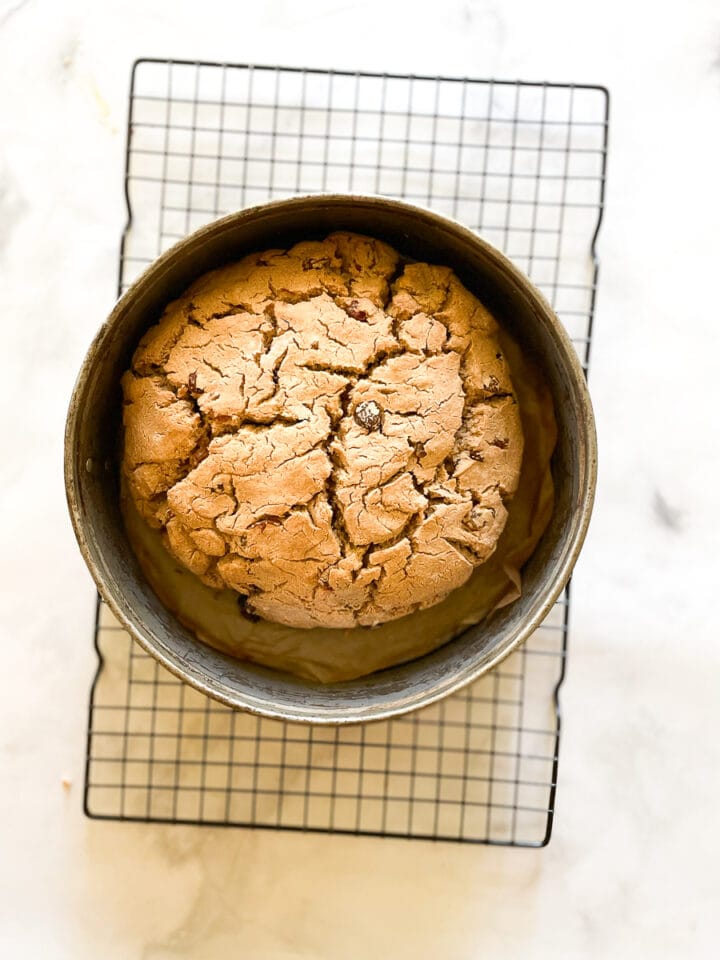
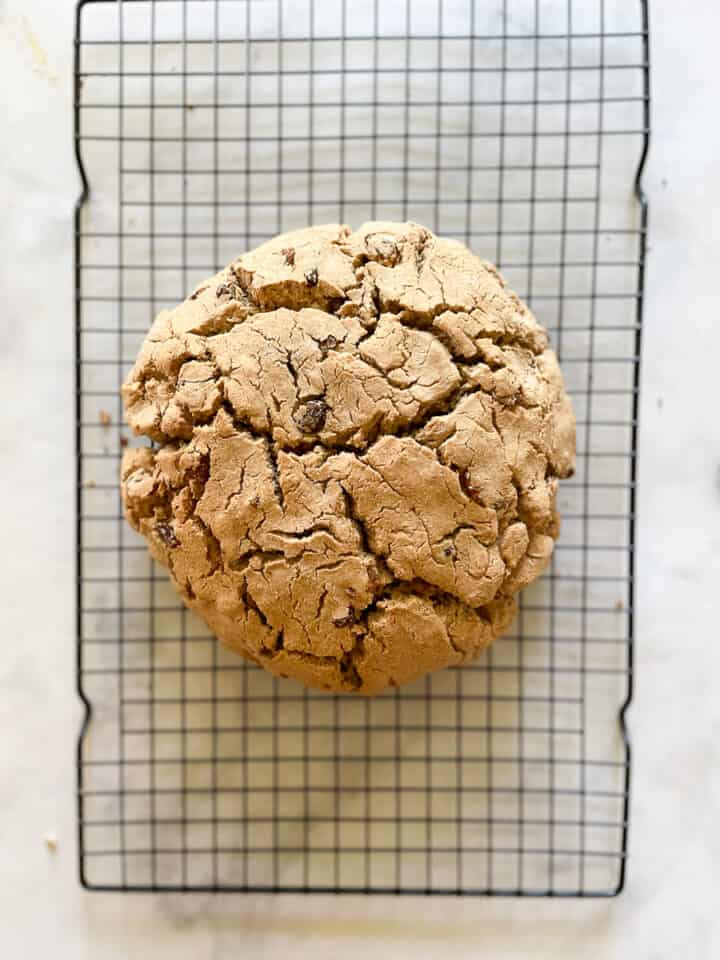
- Bake: Preheat oven to 350℉, then bake for 1 hour.
- Cool: Turn out onto a wire rack and allow to cool completely.
A Few Tips to Help you Make Gluten Free Barm Brack
If you've made gluten free bread before, you know that it can be a bit tricky. In the absence of gluten, you need another sort of binder; in this gluten free barm brack, we use two eggs to help hold the dough together. Try not to add extra flour when you knead it after assembling the dough - the dough will be wet and sticky, and this is normal! Adding in too much more oat flour can mae the finished brack dry and heavy. A few more tips are below:
- Heat the milk: The milk should be lukewarm to proof the yeast, not too hot and not too cold. If you find it difficult to assess the right temperature, use a thermometer: the milk is at the proper warmth when the thermometer reads about 100℉-110℉.
- Use fresh yeast: If the yeast doesn't get foamy after about 5-10 minutes of proofing time, discard it and use a fresh packet. This is so important- fresh yeast is essentail to help the bread rise.
- Rest the dough: As noted, when you combine all of the ingredients, the dough will be sticky. It's tempting to dump in some more flour, but try to resist! As in my oat flour cinnamon rolls recipe, you want the bread to fluffy and not overly dense. Let the dough rest in the fridge for about 15 minutes if you find it too sticky to handle. It should be easier to work with after the oat flour hydrates.
- Don't add too much flour: Again, carefully add in a little more flour as needed to create a firm yet pliable dough. Hold back in adding the flour so that the dough doesn't take too much. You won't need to manipulate the dough as much as you would with a regular dough because the lack of gluten means you don't have to activate the gluten through kneading.
- Try honey or maple syrup: I've also made this brack with honey added instead of sugar, and I love the subtle floral sweetness the honey adds to the loaf.
- Use currants: Traditional barm brack contains currants, although I had trouble finding them. If you can, use them instead of the regular raisins.
- Make it dairy-free: Make this a gluten and dairy-free barm brack by swapping your favorite plant-based milk for the milk.
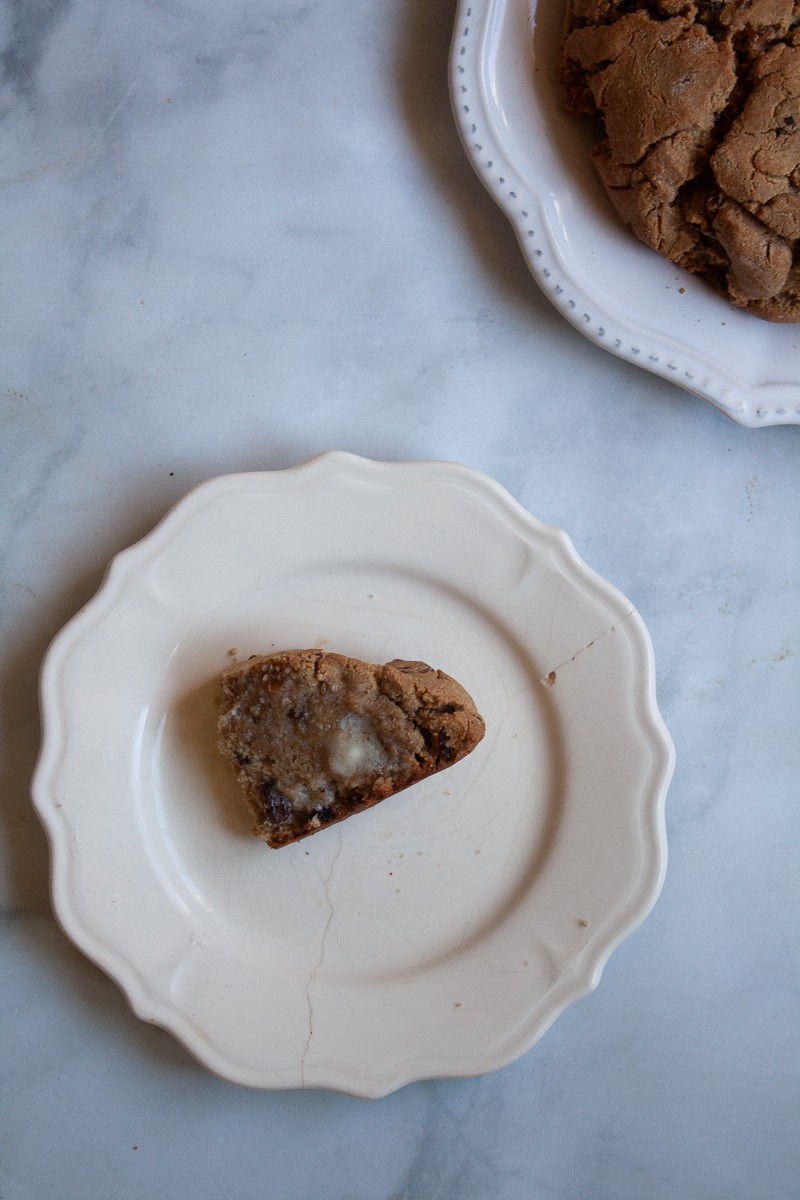
Serving Suggestions
Warm barm brack, toasted or untoasted, must be spread with a bit of butter. I also love it drizzled with a little honey (not shown, but please know that honey's sticky sweetness is the perfect foil to this hardly-sweet bread). I especially love salted butter - it makes the flavor of the loaf really pop.
Barm brack is of course meant to be served with tea but you cannot go wrong with a cup of freshly brewed coffee or even, if you are so inclined, a shot of whiskey sipped slowly while you munch your slice.
Proper Storage
Barm brack is wonderful on the day it’s made, and keeps well for a few days well-wrapped. Here’s how to store it properly:
- Counter – Wrap the loaf in plastic wrap or place it in an airtight container and store it on the counter for up to 3 days.
- Freezer – To freeze gluten free barmbrack, wrap it in a layer of plastic wrap, then foil, or place it in a freezer-safe, sealable bag, and place it in the freezer for up to 3 months. Thaw the bread in the fridge before serving it.
- To Reheat – Pop slices of brack in the toaster or toaster oven and toast until lightly crisp. Or, place the loaf of soda bread on a baking sheet and warm it in a 350℉ for five minutes.
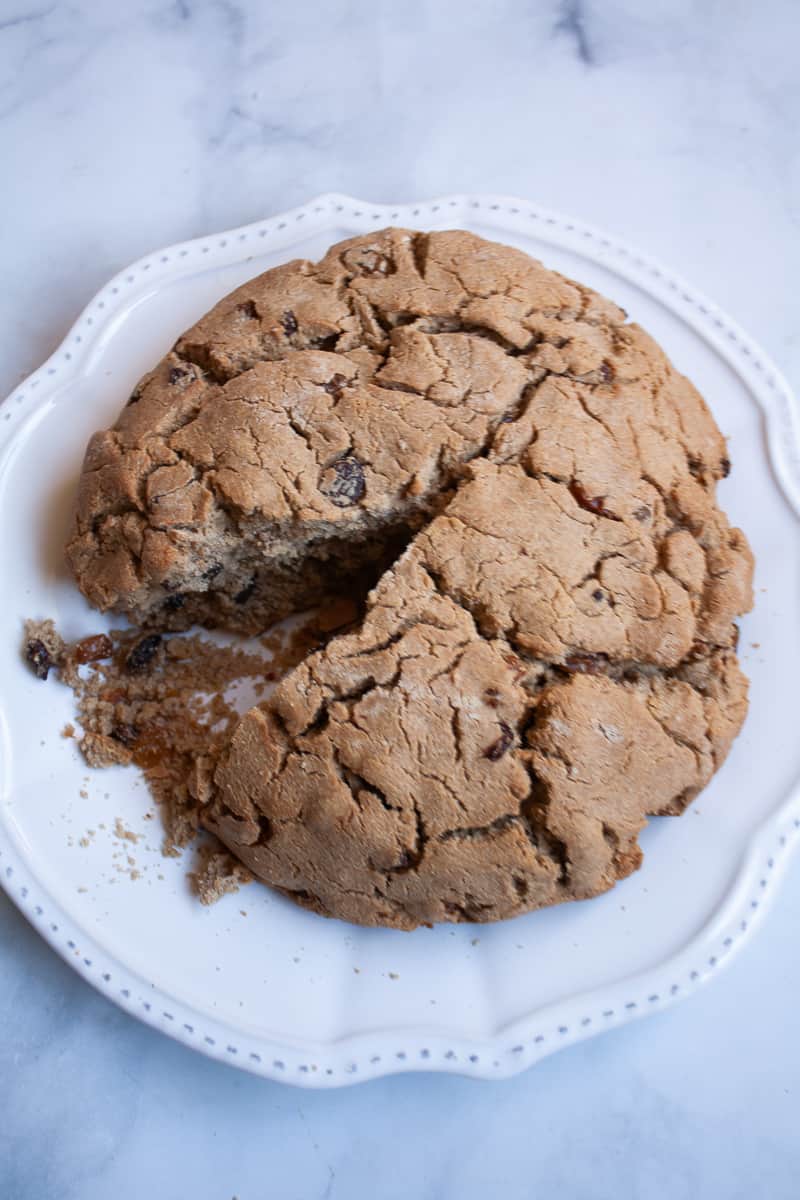
A Little Bit of Irish Writing with Your Gluten Free Barm Brack
It’s tempting to romanticize Ireland — The emerald mountains! Slipping into a pub for a pint! Reels upon rousing reels played long into the night! Slices of thick soda bread spread with sweet butter! Roaring fires made from peat moss! — but the truth is far more complicated. For every soothing Altan song about horses and misty mornings, there is Christy Moore’s biting commentary about displacement, and early U2′s political manifestos set to music. There is the lingering aftermath of the Troubles. There are the roads described as “a purposeless fragment of highway built to make the starving work for their welfare shilling.” There is — as Nuala O’Faolain wrote — “Ireland’s tragic history of emigration and depopulation.”
But, Ireland! It's a beautiful place nonetheless — perhaps even more so because of its past, and I cannot help but appreciate the place for it. Even in my two short days there twenty years ago, =spent wandering the Dublin streets, I was captivated. There was a bitter wind off the water that made me wish, even in summer, I’d brought a scarf, and the sun only came out here and there, but I couldn’t complain because there I was -- at last. To me, Ireland is late-night pints and sitting in a park outside the writer’s museum, a bus ride down winding roads with flashing views of an iron-grey sea, tree branches that brushed the windows as we passed by. It's a country of rain and sun and Gaelic street signs and whiskey. It is complex and endlessly fascinating, and a place to which I hope to make a return visit.
On Barm Brack
This is how James Joyce described barmbrack, in a short story from The Dubliners: "The fire was nice and bright and on one of the side-tables were four very big barmbracks. These barmbracks seemed uncut; but if you went closer you would see that they had been cut into long thick even slices and were ready to be handed round at tea." Yes, please. I should like this for tea at least once a week, for it is sweet but not too, hearty enough to support a piece of sharp cheddar if you decide to go rogue, and just the right of substantive to eat for breakfast.
And indeed that’s just what I’m off to do with the few crumbs remaining. I shall toast a little toast to Ireland, the green land, the beloved country — and hope that one day soon I shall see it again.
I will arise and go now, and go to Innisfree,
And a small cabin build there, of clay and wattles made;
Nine bean rows will I have there, a hive for the honey bee,And live alone in the bee-loud glade.
And I shall have some peace there, for peace comes dropping slow,
Dropping from the veils of the morning to where the cricket sings;
There midnight’s all a-glimmer, and noon a purple glow,
And evening full of the linnet’s wings.I will arise and go now, for always night and day
– W.B. Yeats, The Lake Isle of Innisfree
I hear lake water lapping with low sounds by the shore;
While I stand on the roadway, or on the pavements gray,
I hear it in the deep heart’s core.
More Irish-Inspired Recipes

Gluten Free Barm Brack (Báirín Breac)
Ingredients
- 1 package active dry yeast
- ¼ cup granulated sugar
- 1 cup lukewarm milk
- 4 ½ cups oat flour, 560 grams
- 1 teaspoon fine sea salt
- 1 teaspoon cinnamon
- 1 teaspoon nutmeg
- 1 teaspoon ground allspice
- ½ cup softened unsalted butter
- 2 eggs, beaten
- 1 ½ cups golden raisins
- ¾ cup raisins, or dried currants
Instructions
- In a large bowl mix the yeast with the teaspoon of sugar and ¼ cup of the milk. Set aside to proof.
- In another bowl mix 3 ½ cups of the flour, salt, and spices together. Blend in the butter with your fingertips, then blend in the sugar.
- When the yeast mixture has begun to bubble, stir in the remaining ¾ cup milk and beat in the eggs. Add the flour mixture and mix well with a wooden spoon. Add enough additional flour to form a ball of dough and stir together. Stir in the raisins, currants. At this point the dough will still be fairly wet. Place it in the fridge for 15 minutes.
- Take the dough out of the fridge and knead it in the bowl, then turn out onto an oat-floured-surface to finish. Gently knead the dough together until it is smooth and fairly firm but not stiff. Cover the bowl with a clean towel and set aside in a warm place until the dough has doubled in size, about 1 hour.
- Butter and line a 10-inch round baking pan with parchment paper. Punch down the dough and transfer it to the pan. Cover and allow to rise for 30 minutes.
- Preheat oven to 350℉. Bake for 1 hour, until browned. Turn out onto a wire rack and allow to cool completely.

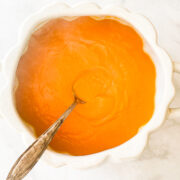
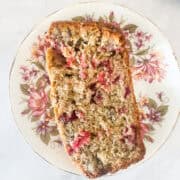

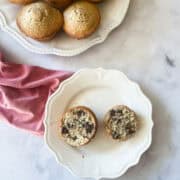
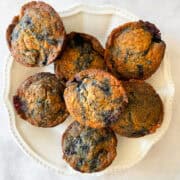

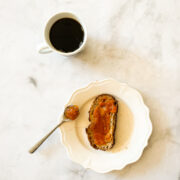
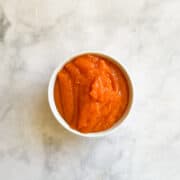
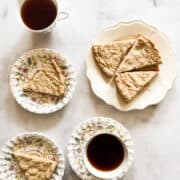

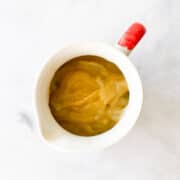
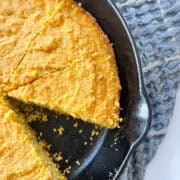
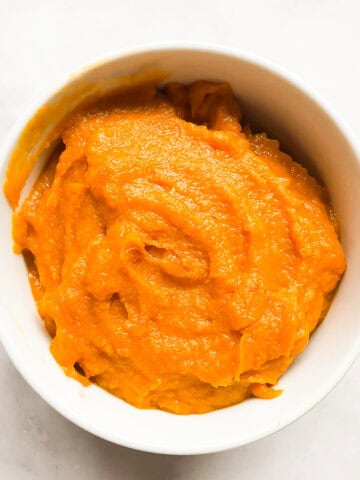
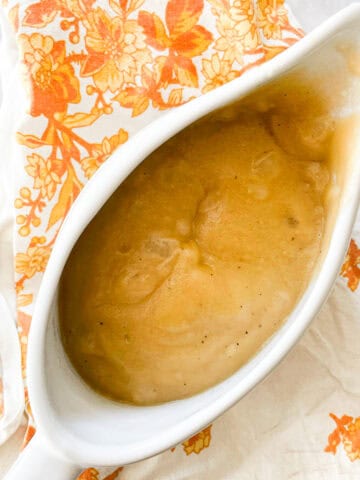
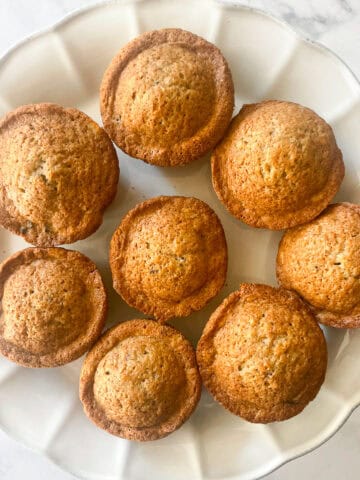
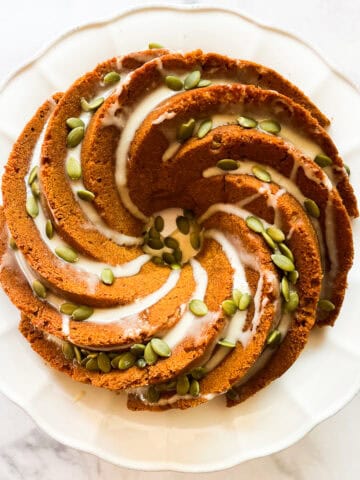
Ashley - Freshly Vegetarian says
Ooh, this post is lurvely! I'm glad the bread turned out, as nothing is worse than when they don't. I'm impressed you didn't taste a slice before taking it to work, and on the note of work: how lucky are you coworkers?!
I was wondering about the 4 c white flour...I'm a big fan of whole grain flours -- however, like you, I don't want to waste time and ingredients to have a recipe flop -- so I was wondering if you think any whole wheat flour (perhaps whole wheat pastry flour so it's lighter?) could be substituted in this recipe?
Never having tasted barmbrack I didn't want to make any assumptions.
Miri Leigh says
This bread looks delicious. Thanks for posting!
helen says
Ahhhh......you have the soul of an Irish writer. You've captured the melancholy and longing with a hint of the Irish gift for mayhem. Lovely post and Happy St. Patrick's Day!